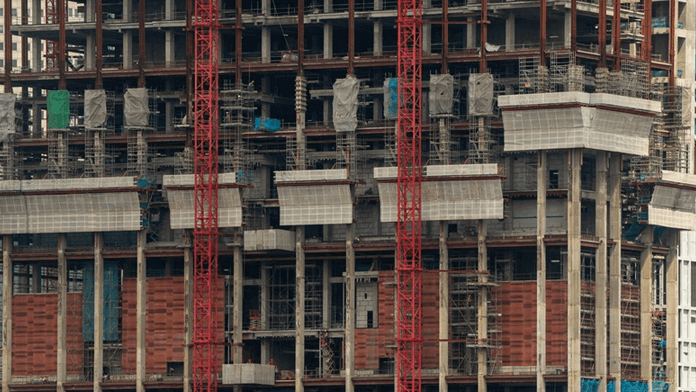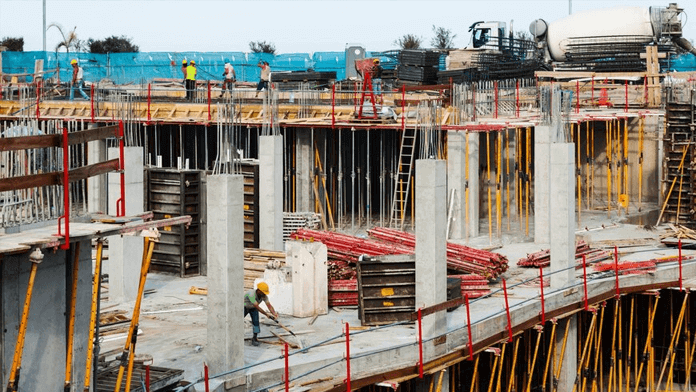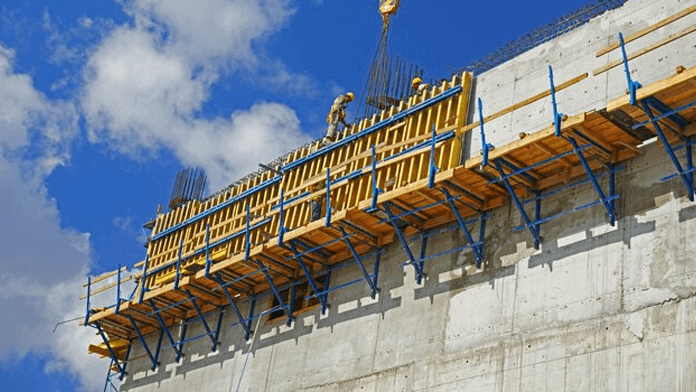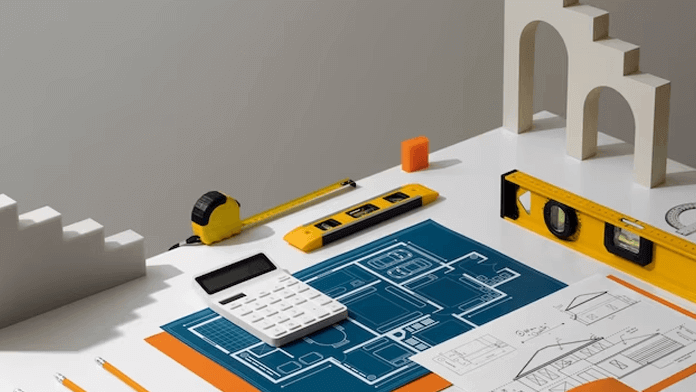A Guide To How Structural Panels Can Revolutionize Your Construction Projects

In today’s rapidly evolving construction industry, the demand for efficient, cost-effective, and sustainable building solutions is ever-growing. Structural panels have emerged as a revolutionary alternative to traditional construction materials, offering a plethora of benefits across various projects. Let’s explore how structural panels are reshaping the landscape of construction.
Understanding Structural Panels

Structural panels are thin, flat, composite materials that can resist applied loads in specific applications. They are used for building walls, roofs, floors, and foundations and encompass a range of materials, including Structural Insulated Panels, Oriented Strand Board (OSB), and plywood. Read on to learn more about the different types of structural panels:
- Plywood: A flat panel made of sheets of veneer, called plies, that are glued together with alternating grain direction. Plywood is strong, durable, and versatile.
- Oriented Strand Board: An engineered panel composed of compressed wood strands arranged in layers at right angles to each other and bonded with waterproof adhesive. OSB is cheaper, lighter, and more uniform than plywood.
- Composite Panel: A panel containing a combination of veneer and other wood-based materials, such as medium-density fiberboard (MDF) or particle board. Composite panels have improved properties, such as fire resistance, sound insulation, or moisture resistance.
These panels are engineered for strength, durability, and thermal performance, consisting of multiple layers bonded together through advanced manufacturing processes. Their lightweight yet robust nature makes them ideal for a wide array of construction applications.
Benefits of Structural Panels

There are several benefits to using structural panels in construction projects. These are as follows:
Cost-effectiveness
Since structural panels are manufactured off-site and assembled at the building site, they help streamline the construction process. This also means they can easily be transported into areas with difficult access and craned into place, making the construction much shorter. Structural panels also reduce the need for additional beams, which lowers the material and labor costs while accelerating project timelines.
Energy efficiency
Structural panels have an insulating layer of rigid core sandwiched between two layers of structural board, such as plywood, oriented strand board (OSB), or metal.
As a result, they offer more thermal insulation compared to fiber insulation. In addition, structural panels provide airtight construction. This reduces the internal space through which air could pass through, thereby reducing thermal interference.
With superior insulation properties, structural panels minimize heat loss and air leakage, resulting in reduced energy consumption and lower operational costs.
Structural integrity
Engineered for strength and resilience, structural panels provide reliable support and withstand various environmental factors, ensuring long-lasting structures. Structural panels are quite strong because of the composite foam core.
The outer board strengthens the foam core. This akes structural panels much more stronger compared to timber. These panels also allow for flexibility in the design of the building, as they can be easily customized to fit certain building applications and designs.
Environmental sustainability
By utilizing sustainable materials and minimizing construction waste, structural panel contribute to eco-friendly building practices and help achieve green building certifications. Moreover, depending on the type and condition of the structural panel, as well as local regulations and available facilities, they can be reused and recycled as well.
Here are some general guidelines on reusing or recycling a structural panel:
- Reuse: If the panel is in good condition, then reusing it for another purpose, such as furniture, a workbench, a shed, or a fence, is the most preferable option. It will also help save resources, energy, and money.
- Recycle: If the panel is not in a condition to be reused, but its components can be separated, then recycling is the next best option. For instance, the wood component can be separated from the panel and sent to a Wood Recycler.
But if the structural panel cannot be recycled or reused or contains hazardous material, then disposal is the last resort. It can be disposed of by sending it to a landfill, hazardous waste facility, or an incinerator.
However, you should check the label on the panel or the manufacturer’s website for more information on the panel’s composition and recommended method of disposal.
Applications in Construction Projects

Some of the common applications of structural panels in construction projects are as follows:
Residential Construction
From single-family homes to multi-unit developments, structural panels offer efficient solutions for constructing energy-efficient and sustainable residences.
Commercial Construction
Offices, retail spaces, and industrial buildings benefit from the speed and cost-effectiveness of structural panel, facilitating rapid project completion and cost savings.
Industrial Construction
Factories, warehouses, and agricultural facilities require durable structures capable of withstanding heavy loads and harsh conditions, making structural panels an ideal choice.
Institutional Construction
Schools, hospitals, and community centers prioritize sustainability and longevity, making structural panels a preferred option for their construction projects.
Installing A Structural Panel At Home: Challenges and Considerations
Installing a structural panel in your home can be a great way to improve the energy efficiency, structural strength, and cost-effectiveness of your building. However, installing a structural panel requires proper planning, preparation, and technique to ensure a high-quality result.
In addition, you also take into consideration the following challenges before installing a structural panel at home:
- Initial investment and budgeting considerations, including material costs and installation expenses.
- Training and expertise are required for proper panel installation to ensure structural integrity and compliance with building codes.
- Local building regulations and zoning requirements may impact the use and design of structural panel in construction projects.
- Potential limitations in design flexibility compared to traditional building methods necessitating careful planning and coordination.
Future Trends and Innovations

Here are some of the future trends and innovations in the field of structural panels:
- Continued research and development to enhance the performance and sustainability of structural panel materials.
- Integration with emerging technologies such as Building Information Modeling (BIM) and prefabrication methods to streamline construction processes further.
- Expansion into new markets and applications, including modular construction and disaster-resistant housing.
- Collaboration between industry stakeholders to promote the adoption of structural panel and standardize best practices for their use in construction projects.
Conclusion
Structural panels represent a transformative innovation in the construction industry, offering unparalleled efficiency, sustainability, and durability. By embracing the benefits of structural panels and addressing associated challenges through innovation and collaboration, we can maximize construction efficiency and usher in a new era of sustainable building practices.
ADDITIONAL READING:













